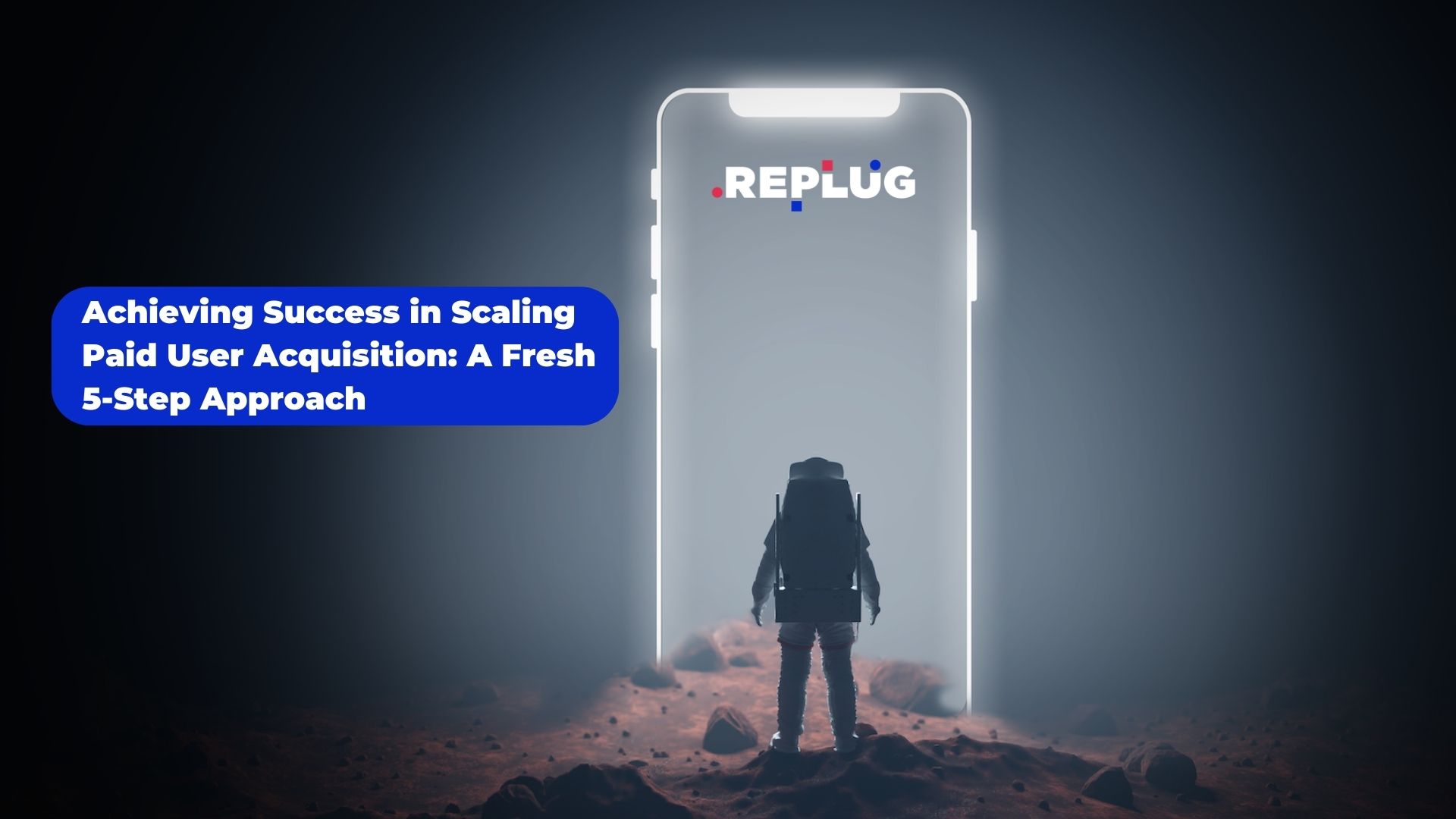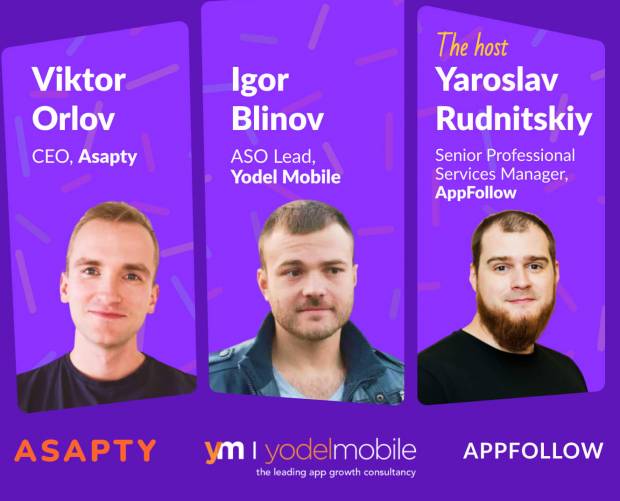Apple headset heralds the mainstream arrival of the real metaverse
- Thursday, June 9th, 2022
- Share this article:
Adverty Founder Niklas Bakos is excited by rumours of a soon-to-be-released mixed reality headset from Apple.
 Apple doesn’t unveil new product categories very often – the last was the Apple Watch a full seven years ago – so the news that a seemingly-finished mixed reality headset was presented to the company’s board last month counts as big news for Apple-watchers.
Apple doesn’t unveil new product categories very often – the last was the Apple Watch a full seven years ago – so the news that a seemingly-finished mixed reality headset was presented to the company’s board last month counts as big news for Apple-watchers.
It’s big news for metaverse-watchers, too. Other companies, most notably Meta, have made big bets on an immersive connected future, but if they are to tempt the mainstream, such experiences need compelling interfaces; they need hardware. And with all due respect to Meta’s Oculus headsets, when Apple pulls back the curtain on virtual and augmented reality devices, that is the moment when things start to happen.
The VR/AR industry has been waiting for a newcomer like Apple to put the final gloss on a sector that has for years been a picture of potential, out on the margins. While the keynote at Apple’s recent Worldwide Developers Conference didn’t signal any new VR/AR hardware – or any new mobile devices at all, suggesting further announcements later this year – there is a significant focus on AR content in the week-long programme.
If the persistent rumours of a possible new Apple device are accurate, we could be about to witness the world’s biggest consumer tech game-changer giving its stamp of approval to the entire mixed-reality concept.
In fact, like tectonic plates shifting before our eyes, the landscape of the metaverse can already be seen grinding into position on numerous fronts.
To add to Meta and Apple’s moves, Sony and Lego each recently handed $1bn to Epic Games to fund metaverse development. Sony has PS5 VR headsets of its own in the pipeline and Microsoft has made its own clear metaverse play with the almost $69bn acquisition of Activision. Some reports have even suggested Apple – along with Disney and Amazon – as a potential buyer of Electronic Arts, creator of Madden, Apex Legends and Battlefield.
The gaming space is the most obvious forerunner of Epic Games founder Tim Sweeney’s vision of the metaverse as a vast network of spaces where “players can have fun with friends, brands can build creative and immersive experiences, and creators can build a community and thrive”.
Apple has its own hardware-driven ways to make money out of the metaverse, but for other interested parties, the involvement of brands is crucial. Both Sony and Microsoft have recently indicated their interest in in-game advertising on their gaming platforms. Like the internet, like the physical world, the metaverse needs ads, and it also needs ways of serving them and measuring their impact.
Apple has been working on its headset since around 2015, and it was in summer the following year that Adverty began the work that would result in three patents around viewability metrics for in-game and metaverse ads on any given gaming screen, from VR to mobile.
What we are consequently able to offer is the only meaningful way to prove that an ad has been seen by a user in a 3D space. Our BrainImpression technology measures the viewability of ads by a sophisticated method, taking into account the size of the ad, the length of time it appears on screen and the angles from which it is viewed, as well as ??interfering objects and lighting conditions.
For right now, that means we are measuring in-game ad viewability through the infrastructure we have built for mobile gaming – fully programmatic, third-party verified and globally scalable through integrated marketplaces such as Yahoo and PubMatic.
But give or take a new Apple device or two, it could soon mean measuring viewability in a whole range of new augmented and virtual environments.
Technology like virtual reality always requires a great deal of foundational work. There will be years when the hype cycle is revving up, the tracks being laid, the connections being made. The involvement of Apple, the shrewdest of market entrants, indicates that those years are nearly done. So, five years after we first began building towards it, the consumer metaverse is on the way. Now, let’s build the real thing.
















